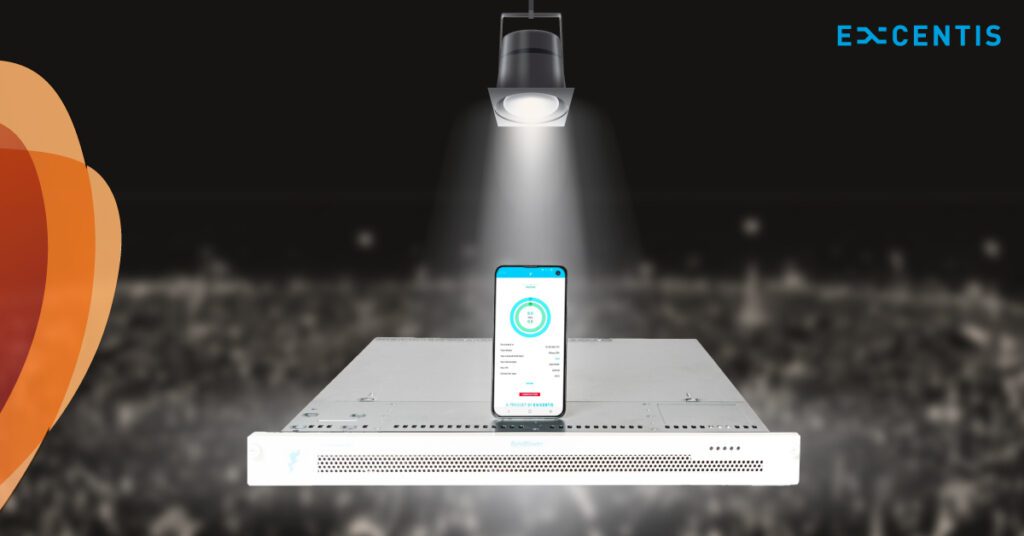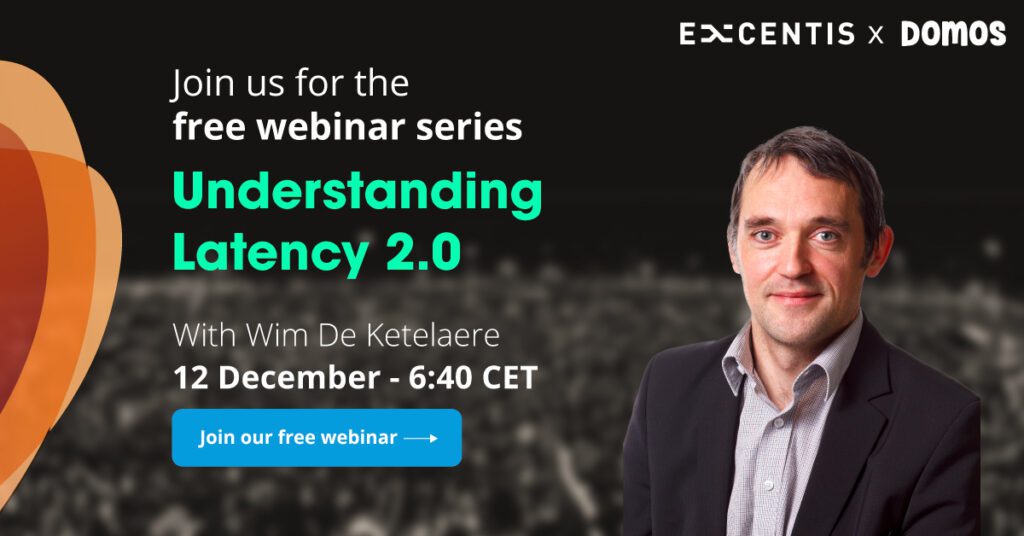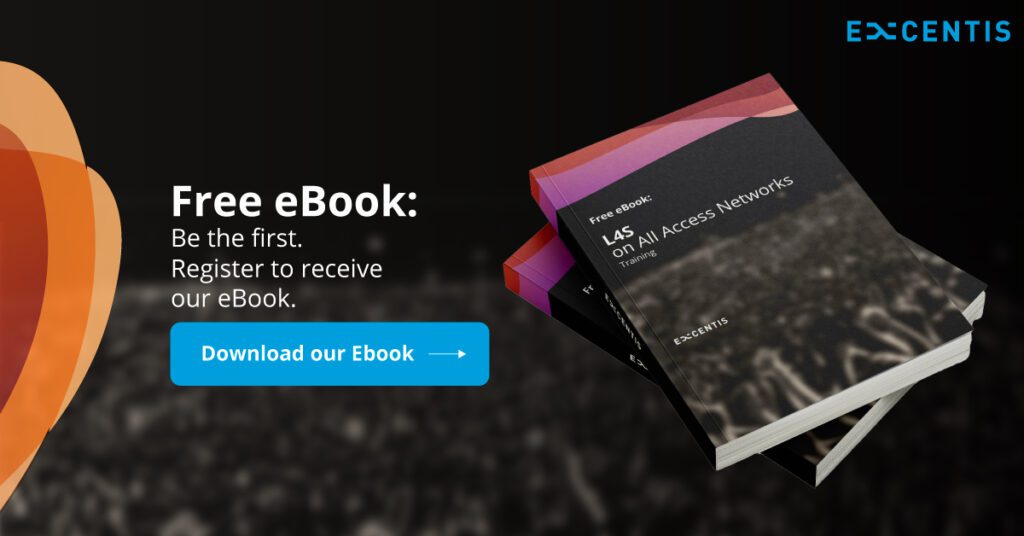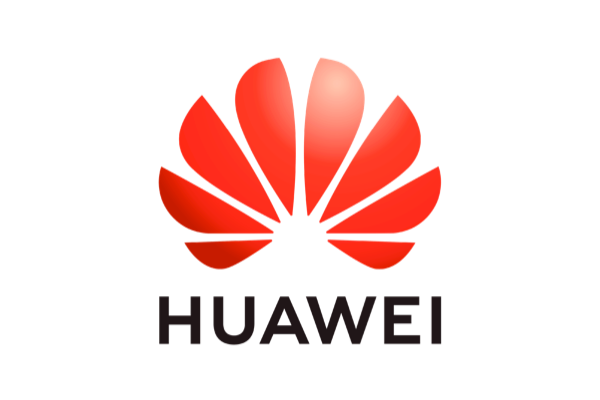Unleashing the Power of L4S in Access Networks: Does it improve the customer experience?

Embark on a journey into the future of seamless connectivity! In the world of access networks, where every millisecond counts, let’s dive deep into the game-changer—Low Latency, Low Loss, Scalable Throughput, or as we like to call it, L4S.
Wait! Is it too early to declare L4S a game-changer already? This blog is your VIP pass to the realistic future of connectivity. Fasten your seatbelts as we unravel the secrets, realistic concerns, explore the technology, and showcase how L4S is not just a buzzword — (spoiler alert!) it is a game-changer.
In the evolution of access networks, the focal point is the customer experience. Recent research indicates that higher speeds offer only marginal improvements in the customer experience, with low latency emerging as the decisive factor. Therefore, L4S takes the spotlight as the rockstar stealing the show. It’s not just about technology; it’s about transforming the way you experience the digital world. If you’re looking to revolutionize the customer experience, L4S might just be the ideal path. Still, if you want to witness its impact firsthand, rest assured – ByteBlower, your ultimate secret weapon, is ready to take centre stage. It’s poised to reshape the landscape of network evolution, paving the way for the future of network traffic generation and analysis.
L4S: a high-level overview
 Picture your network as a dynamic city with diverse traffic demands. In the conventional setup (non-L4S), it is like a chaotic mix on the roads, resulting in congestion, delays and even traffic jams during peak hours. Now, envision L4S as the innovative city planner of networking. L4S is akin to designing specialized lanes and deploying sophisticated traffic signals. High-priority lanes are reserved for urgent data requiring low latency—think of them as express lanes for critical applications.
Picture your network as a dynamic city with diverse traffic demands. In the conventional setup (non-L4S), it is like a chaotic mix on the roads, resulting in congestion, delays and even traffic jams during peak hours. Now, envision L4S as the innovative city planner of networking. L4S is akin to designing specialized lanes and deploying sophisticated traffic signals. High-priority lanes are reserved for urgent data requiring low latency—think of them as express lanes for critical applications.
Imagine a world where every click, every download, and every interaction are infused with the power of L4S. L4S introduces intelligent traffic signals that regulate the flow, ensuring a smooth journey for each type of data. It’s like orchestrating a synchronized dance where signals adapt to the varying needs of applications. This meticulous planning prevents digital traffic jams, reducing overall travel time for data and offering a faster, more reliable network experience, especially crucial for applications like video calls and online gaming.
When introducing new technology, one is always faced with the problem that legacy technology does not simply go away. Starting with an original approach from scratch to generating and forwarding IP-packets with in-a-flash replacement of older technologies is unfortunately not possible. In the case of L4S the legacy technology is e.g., TCP-stacks on Operating Systems, existing routers, switches, and APs that are not L4S-capable etc. To be able to introduce L4S technology in coexistence with the legacy technology, a well-thought approach is needed. The team behind RFC9332 did excellent work in producing a solution based on a dual-queue approach. One queue is for the traffic based on current technology and a second queue is for the L4S traffic. By coupling these queues in a smart way, L4S technology can be introduced while still working nicely together with the legacy technology.
The DOCSIS® Challenge
How DOCSIS® lowers latency by introducing L4S technology.
As with any shared medium access network, DOCSIS® faces challenges with respect to latency due to the scheduling mechanisms that are needed to optimally make use of the available capacity. Instead of taking a wait and see approach, the cable operator community is actively embracing the cutting-edge work accomplished at CableLabs® by integrating Low Latency Technology (LLD) into the current DOCSIS® standards.
In addition to various other improvements, the usage of L4S is a key element in LLD technology. DOCSIS® makes support of L4S and especially the dual-queue solution as a mandatory part of the standard. This means that every recent cable modem supports this. The dual-queue approach is the key to introducing L4S technology onto the Internet of today.
By leveraging LLD, cable operators can significantly reduce the latency for latency-sensitive services. Unfortunately, it does not work optimally out-of-the-box. The appropriate configuration of a complete set of new parameters to make it perform and interoperate nicely with legacy services requires extensive experimentation and validation. LLD defines a plethora of new parameters to configure the operation of the system.
Validating and testing the impact of each of these and their interaction requires new tools and approaches to arrive at the optimal solution. This is precisely where a Traffic Generator and Analyzer like ByteBlower plays a crucial role.
Network Traffic Generator and Analyzer: The ByteBlower advantage
In our quest to conquer the challenges posed by L4S in access networks, ByteBlower emerges as the knight in shining armor. This solution isn’t just about fixing problems; it’s about making sure that you are elevating the entire network performance and enhancing the quality of your online interactions.
Picture this: ByteBlower, armed with capabilities in network performance measurement, steps onto the scene, ready to tackle the intricacies of L4S challenges. It’s not just a tool; it’s a transformative force, strategically positioned to make a substantial impact where it matters most. In the dynamic landscape of L4S, where each network component, from end devices to the data centre, plays a pivotal role, ByteBlower stands as your trusted ally. This is not just about fixing issues; it’s about mastering the intricacies of L4S technology from end to end.
ByteBlower is your benchmarking maestro. In the quest to unravel the true potential of L4S, operators need a reliable companion for benchmarking and comparisons, and ByteBlower steps up to the challenge. It’s not merely about showcasing performance; it’s about demonstrating how L4S can transform your network landscape. What sets ByteBlower apart is its wealth of embedded network experience, now finely tuned to master the nuances of L4S. The ByteBlower Endpoint opens the door for users to explore L4S performance across diverse devices and operating systems. Imagine having the power to see how an OS or a real device responds with or without L4S traffic, and how those dynamics change the game.
But here is the real showstopper: ByteBlower is gearing up to unveil its all-new L4S testing features at the CableLabs Interop in Colorado, USA, just one week ahead of our much-anticipated webinar. Mark your calendars for both events! December 4th-8th for the Colorado Interop and December 12th at 16:40 PM for our exclusive Webinar. It’s not about explaining how it works; it’s about letting you witness the transformation firsthand, demonstrating its prowess in real-world scenarios.
Don’t miss out on these game-changing events!
ByteBlower is not just a solution; it is a partner in the evolution of access networks. Together, we are not just addressing challenges—we are unlocking new possibilities for a connected world. Get ready to witness ByteBlower in action, rewriting the rules of network performance and setting the stage for a digital revolution!
Looking to the Future
L4S has the most significant impact when applied to the weakest – meaning slowest or most latency prone – link. While slower than the core network, the access network is often not the weakest link. The in-home Wi-Fi network might be. Although Wi-Fi technology has evolved to higher speeds, it remains slower than the connected internet link in many residential use cases. This is why achieving true Low Latency for our real-time services needs a much wider deployment of L4S than Low Latency DOCSIS alone.
What are the next first steps to truly achieve low latency:
- Have L4S technology incorporated (and enabled) in the operating systems, since the technology relies on the stacks of the operating systems to slow down transmissions in times of congestion.
- Have Wi-Fi access points incorporate L4S (dual-queue mechanism) since the Wi-Fi link might be weakest link in many cases for the residential user.
Our vision for the Network Traffic Generator and Analyzer of the future – ByteBlower reaches beyond the current landscape. We foresee its evolution into various access networks where L4S takes centre stage, including technologies like Wi-Fi, PON (Passive Optical Network), and more.
In the ever-evolving digital terrain, where demands for low latency, minimal packet loss, and scalable throughput are non-negotiable, ByteBlower aims to become a vital asset for access networks.
As L4S continues to shape the future of network communication, ByteBlower’s adaptability and effectiveness will be crucial in ensuring a seamless and responsive online experience for users, regardless of the access network technology they utilize. ByteBlower’s role as a driving force in the evolution of network communication becomes increasingly apparent as L4S carves the path for the future. Whether users navigate through Wi-Fi, PON, or beyond, ByteBlower stands as the cornerstone of connectivity, promising a reliable and transformative role in the diverse landscape of network technologies.
Stay tuned to witness ByteBlower’s influence extending across the vast horizon of access networks, rewriting the rules and shaping the digital future.
Unlocking L4S for All Access Networks: Your Journey to Expertise – Exclusive eBook Coming Soon!
Be among the first to elevate your expertise on L4S for All Access Networks with our exclusive eBook. Explore its intricacies on an enriching journey, unlocking transformative secrets.
Register now to ensure you receive the eBook upon release. Seize this chance to position yourself as a leading authority and gain a competitive edge in this field!
Thank you for taking the time to read through this blog post. We hope you found it informative and insightful. Should you have any further inquiries or wish to explore more about ByteBlower, don’t hesitate to book an appointment with our sales team. They’ll be delighted to provide you with additional information and help you discover more about how ByteBlower can benefit your specific needs. Get in touch today to take your network performance to the next level!
Contact an expert:
- Category: ByteBlower, ByteBlower Endpoint, DOCSIS, End-to-end latency testing, Fiber, L4S, Latency, Performance, PON, Traffic Analysis, Traffic Generator, Wi-Fi




 .
. 
























